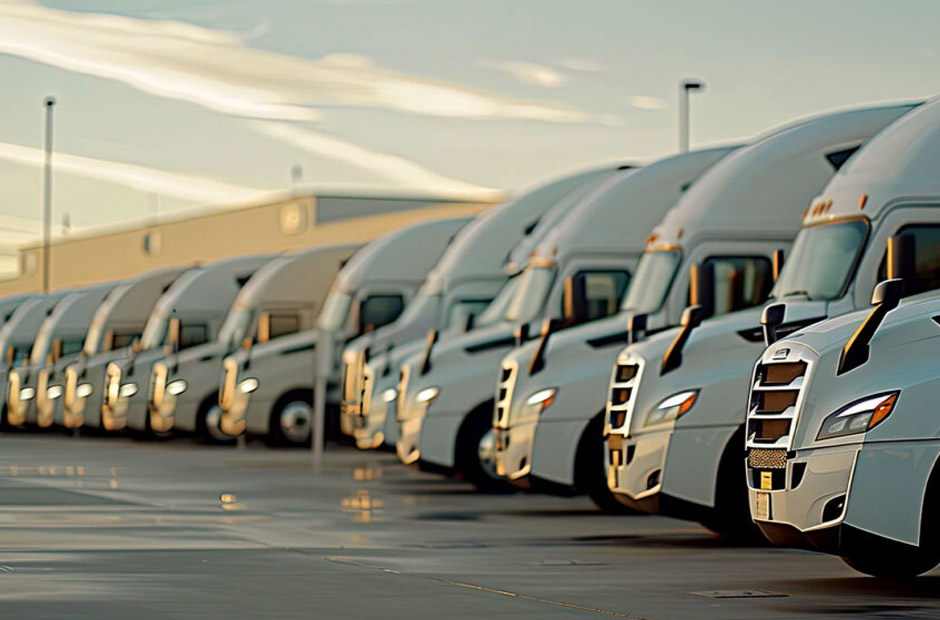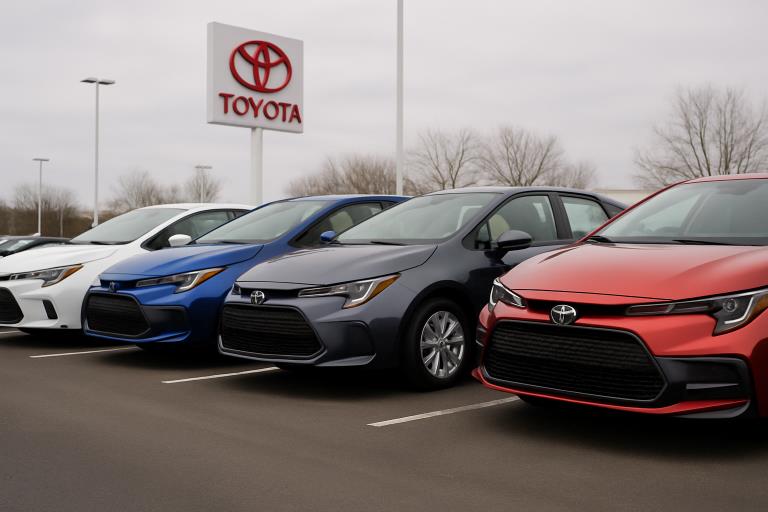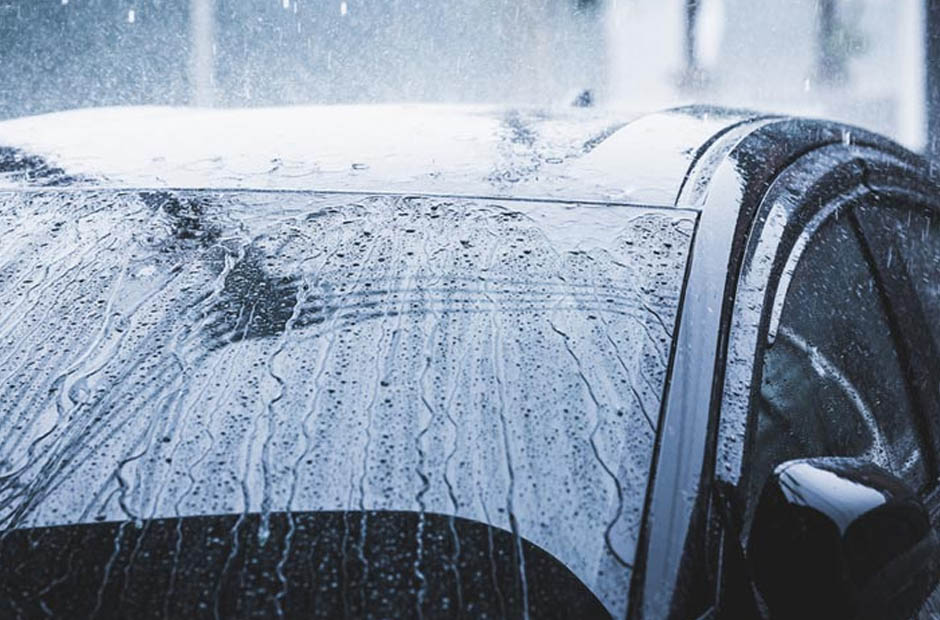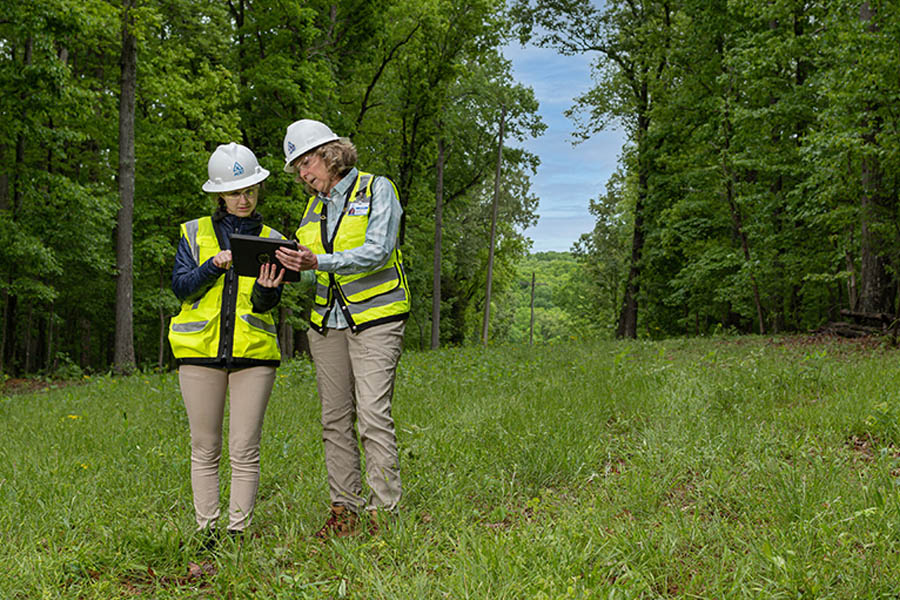Now Reading: A Step-by-Step Guide to What to Do After a Truck Accident
-
01
A Step-by-Step Guide to What to Do After a Truck Accident
A Step-by-Step Guide to What to Do After a Truck Accident
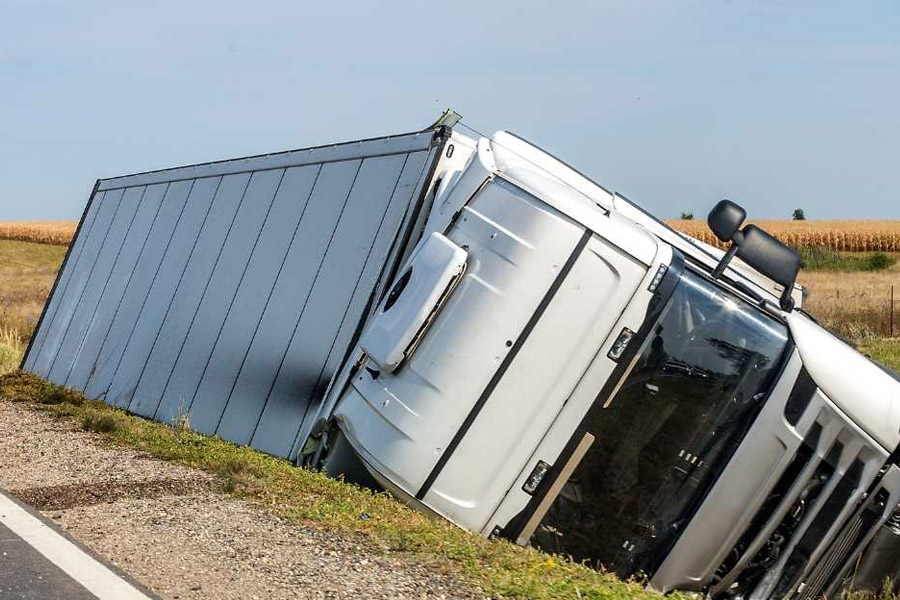
Picture the scene: a massive semi barrels down the interstate, and in a split-second twist of fate, everything collides in a symphony of screeching brakes and shattering glass. It’s disorienting, like stepping out of a blockbuster thriller into real life, where the stakes are sky-high. Truck accidents aren’t just fender-benders—they’re heavy-hitters that can shake you to your core. Did you know that in recent years, around 4,300 to 5,000 lives are lost annually in these crashes across the U.S., with most victims being folks in smaller vehicles? Trucks keep our economy humming, hauling goods coast to coast, but when things go wrong, the fallout is massive. That’s why knowing what to do next isn’t just smart—it’s your secret weapon in turning chaos into control. And hey, if the legal maze feels like a plot twist you didn’t see coming, looping in a pro like a truck accident attorney can be the hero move that clears the path ahead.
Guarantee Safety and Move to a Safe Location
The dust settles, adrenaline surges like a movie hero dodging bullets, but hold up—your first act in this real-world drama is all about survival. Swiftly scan the horizon and hustle to a spot far from the roar of oncoming traffic. That instinct to hunker down in your car? Shake it off if you can; assess the wreckage quickly. If you’re unscathed enough, slip out carefully and aim for the roadside shoulder or a sturdy sidewalk. It’s like directing your own escape sequence—every second counts to dodge any sequel crashes.
Now, eye those lurking dangers: a trickle of fuel pooling under the truck, wisps of smoke curling up like ominous signals. Back away further; explosions aren’t just Hollywood flair—they’re a real risk in these high-stakes scenarios. Can’t move because pain pins you down? No panic. Flick on those hazard lights to flash like a beacon, wave a flashlight if night’s creeping in, or dial emergency services right from your spot. Remember, in the blur of it all, your safety is the starring role. Trucks tip the scales at up to 80,000 pounds, loaded and lethal, so treating the scene like a live set keeps everyone out of harm’s way. Insider nudge: deep breaths help steady those nerves, turning potential tragedy into a managed moment.
Check for Injuries and Seek Medical Help
Alright, you’ve made it to safer ground—now zoom in on yourself like a close-up shot revealing hidden wounds. Run a quick mental checklist: any sharp pains, dizziness sneaking up, or blood where it shouldn’t be? Truck crashes pack a punch, often leaving invisible scars like concussions or sneaky spinal issues that don’t scream right away. Adrenaline’s your body’s clever mask, pumping you up to feel invincible when you’re anything but. Even a “minor” ache could snowball into something serious, so don’t play tough guy here.
Dial for medical backup without a second thought—call 911 or flag someone to do it. Paramedics swoop in, trained eyes spotting what yours might miss, from internal bleeding to whiplash that hits later like a delayed plot reveal. Stats show that delayed treatment amps up complications, with many victims regretting the wait when symptoms flare days post-crash. Whether it’s a quick ER visit or an ambulance ride, prioritize this step; it’s not overkill, it’s your health’s best defense. Playful tip from the inside: think of it as hitting pause on the action to ensure you stick around for the happy ending. Varied injuries crop up in these wrecks—broken bones from the impact, soft tissue tears from the jolt—so letting pros handle the diagnosis keeps you ahead of the curve.
Document the Accident Scene
With safety locked in and help en route, shift gears to detective mode—it’s time to capture the evidence before the scene fades like morning mist. Whip out your phone and snap away: wide angles of the tangled vehicles, close-ups of crumpled fenders and shattered glass, the truck’s imposing bulk against your ride. Don’t miss those telling details—skid marks etching the pavement like frantic brushstrokes, bent guardrails, or traffic signs knocked askew. Weather plays a villain too; photograph rain-slick roads or fog-shrouded visibility to paint the full picture. These shots aren’t just memories—they’re your ironclad proof when claims roll in.
Jot down the essentials while it’s fresh: exact location (highway mile marker, anyone?), the ticking clock of date and time, road quirks like potholes or construction zones. Note injuries visible on yourself or others—bruises blooming, limps emerging. If cops show up, their report becomes your official script, detailing facts without bias. Research whispers that thorough documentation slashes dispute risks by up to 50% in accident cases, turning “he said, she said” into hard evidence. Insider vibe: treat it like scouting a film location—every angle tells a story that could sway the narrative in your favor. Avoid common slip-ups, like rushing off without these records; they’re the breadcrumbs leading to fair resolution.
Exchange Information With Involved Parties
The scene’s secured, evidence gathered—now comes the human element, exchanging details with a politeness that cuts through the tension. Approach calmly, like negotiating a truce in an epic saga, and request names first, cross-checking against driver’s licenses for accuracy. Swap phone numbers to keep lines open for follow-ups, then dive into insurance info: company names, policy numbers, even snapping pics of cards if handy. Driver’s license numbers seal the deal, ensuring everyone’s ID’d without mix-ups. Trucks often involve companies, so note the trucking firm’s details too—their logos, DOT numbers etched on the cab.
Witnesses? They’re your cameo stars, offering unbiased takes that could steal the show later. Politely grab their names and contacts; a quick “Mind sharing what you saw?” goes far. Reciprocate fully—hand over your info without hesitation. In the whirlwind of truck wrecks, where fault can tangle like plot threads, this step streamlines everything. Fun fact from the stats: clear info exchanges reduce claim denials significantly, keeping things smooth. Dodge the mistake of skimping here; it’s like leaving key scenes on the cutting room floor. Keep it conversational, no accusations—just facts flowing freely.
Contact Authorities and Insurance Companies
Authorities next: ring up the police to etch an official record in stone. That report? It’s gold, capturing unbiased details from vehicle positions to witness statements, crucial for untangling liability in court or claims. Be upfront with facts—no embellishments, just the play-by-play. Trucks fall under federal regs, so this doc often pulls in FMCSA data, highlighting violations like fatigue or overloads that cause a chunk of these crashes—over 30% tied to driver error alone.
Then, loop in your insurer pronto, ideally within hours. Spill the beans: when, where, who else was involved, plus those fresh photos and notes. They’ll walk you through coverage, from medical bills to repairs, but watch for pitfalls like admitting fault too soon—that’s a classic blunder that bites back. Cooperation’s key; follow their cues to grease the wheels. Recent trends show timely reports cut processing times, getting you back on track faster. Insider whisper: stay cool under questioning, like a seasoned actor delivering lines—this keeps your story straight and strong.
FAQ
What should I do first after a truck accident?
Prioritize getting to a safe spot away from traffic and hazards like leaking fluids. Signal for help if you’re injured and can’t move.
Why is seeking medical help important even if I feel fine?
Adrenaline can mask injuries like whiplash or internal issues that appear later. Getting checked promptly ensures hidden problems are caught early and documented for claims.
What key things should I document at the accident scene?
Photograph vehicles, damage, skid marks, and conditions; note time, location, and injuries. Obtain the police report for an official record.
What information do I need to exchange with other parties?
Share names, phone numbers, insurance details, and driver’s license numbers. Gather witness contacts too for additional statements.
When should I contact my insurance company after the accident?
Notify them as soon as possible, providing all details like date, location, and involved parties. Follow their instructions to start the claims process smoothly.
Should I consider hiring a truck accident attorney?
Yes, especially for navigating complex legal issues with trucking companies. They provide guidance to protect your rights and maximize support.


